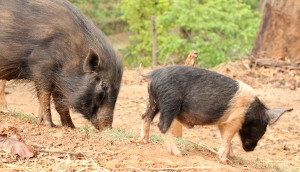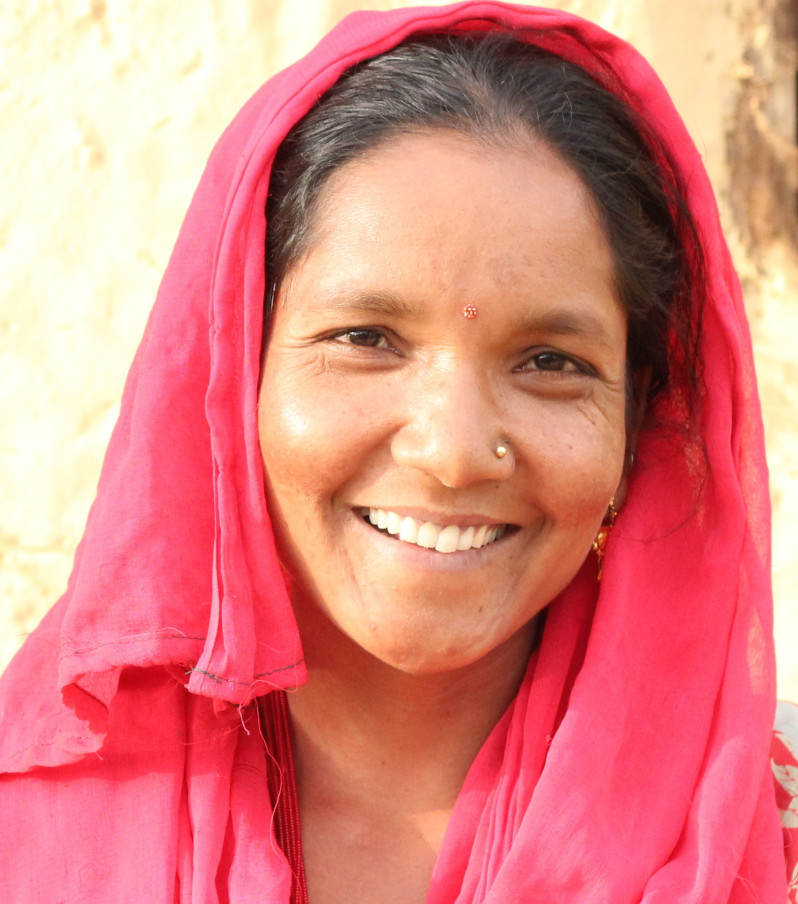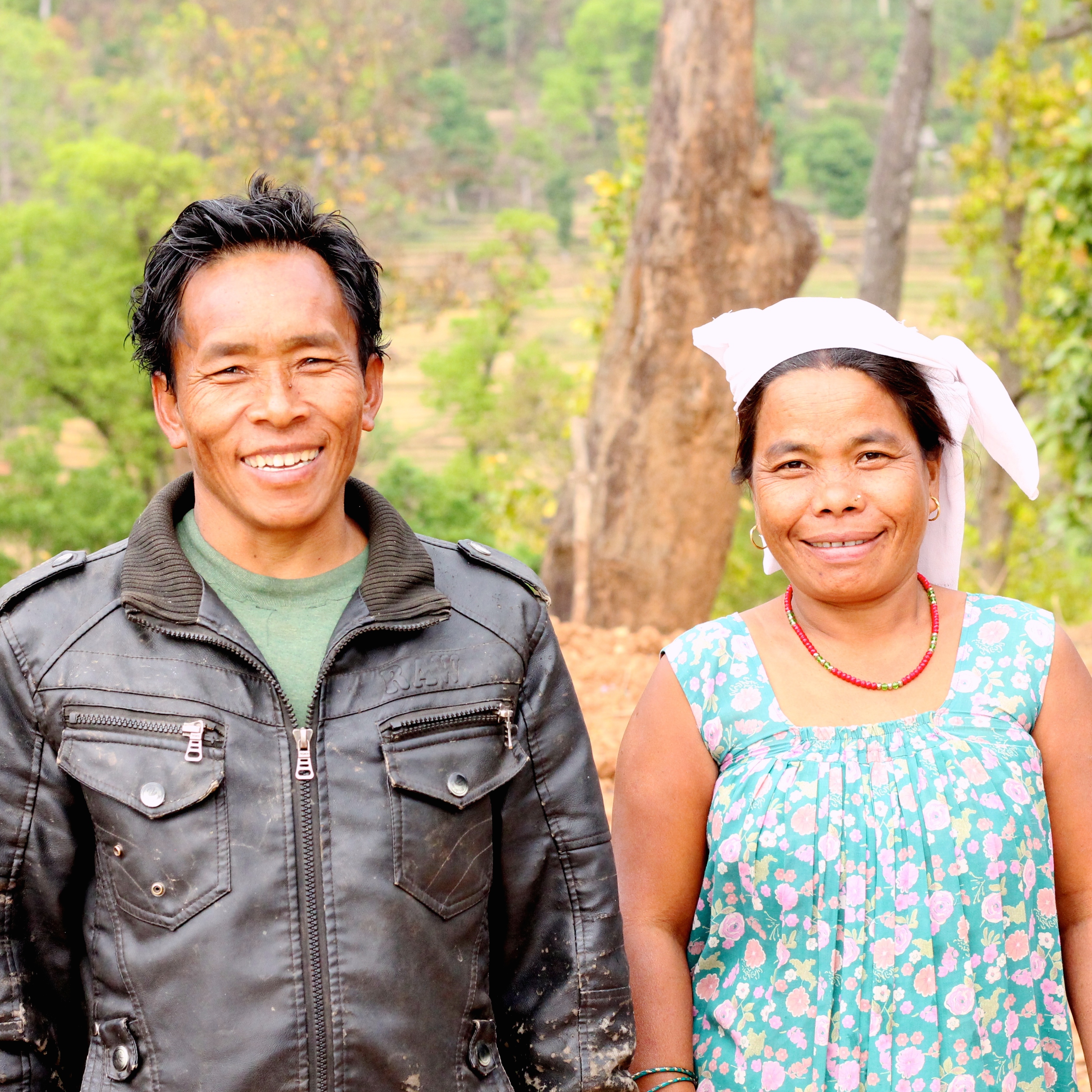Early this year the HOPE Fund launched in the Surkhet Valley of west Nepal and is having an immediate impact:
Hope Grows from servlife on Vimeo.
 Since the HOPE Fund’s Launch, six families have received low-interest micro loans to start small businesses. These loans provided supplies such as sewing machines, a small herd of goats, or a sow for breeding. The recipients get the added resource of business development advice from local staff, as well as evaluation and assessment of their progress.
Since the HOPE Fund’s Launch, six families have received low-interest micro loans to start small businesses. These loans provided supplies such as sewing machines, a small herd of goats, or a sow for breeding. The recipients get the added resource of business development advice from local staff, as well as evaluation and assessment of their progress.
In the Surkhet Valley, most families live on less than $2 a day. A kid goat or a piglet can be sold for about $50—an adolescent animal for even more. Since the goats and pigs can give birth to several babies every six months, the added income can increase a family’s earnings by more than 120%.  For example, Amrita (pictured on right) received a sewing machine and supplies to start a business as a seamstress through a HOPE Fund loan. She now earns $5 a day, more than twice the average daily wage, and is well on her way to paying off her loan.
For example, Amrita (pictured on right) received a sewing machine and supplies to start a business as a seamstress through a HOPE Fund loan. She now earns $5 a day, more than twice the average daily wage, and is well on her way to paying off her loan.
Before the HOPE Fund many people in the Surkhet Valley had to leave their homes and villages in order to find work and support their families. HOPE Fund Local Chairman, Hom, says, “when [families] get the HOPE Fund loans it is very helpful to them because they can stay in their own homes and earn money here.” Hom dreams of many more people coming to Christ through the work of the HOPE Fund. “I want to see every family stand on their own two feet!” Hom explains, “None of Nepal’s NGOs or INGOs or government organizations have done anything to help us here. But you have come and we are really doing our best with this project. We want to make good on your investment here… Thank you so much for helping us!”
A small amount can go a long way toward empowering a family and growing a community in Nepal. To find out how you can get involved in the HOPE Fund visit our Fighting Poverty page.


Comments 1
Thanks for reading my post and cnmemntiog. Isn’t it so heartbreaking to see people experience the break-down of their language once it’s lost, it’s so difficult to recover and the impact on individual’s identity can’t be estimated. I have an Indigenous Australian colleague Ralph Doole, who teaches craft with storytelling, so that traditional practices of handing on indigenous knowledge are preserved in a holistic approach, rather than just focusing on language transmission. He teaches the language to mothers, while they make traditionally crafted dolls from local flora. The mothers then have a practice and the dolls are used as the vehicle for the practice while the storytelling entertains and teaches the children. I really like what he does and how he does it!